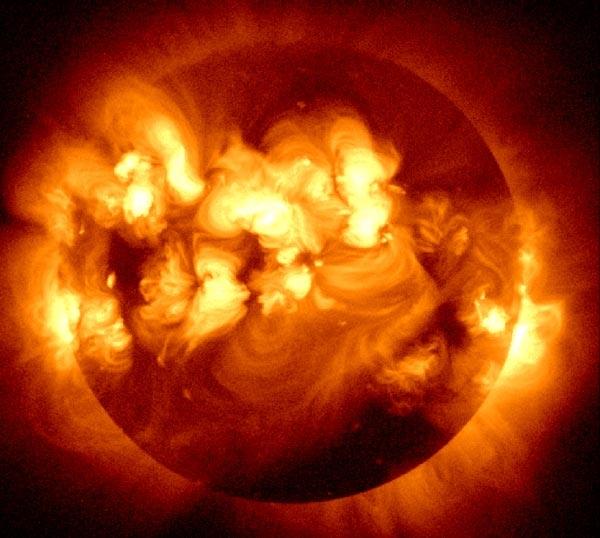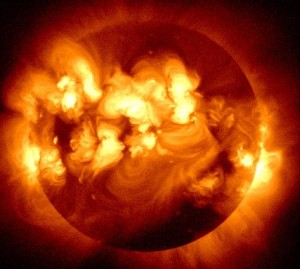Ordo Templi Orientis’ belief system is inextricably interwoven with the Solar Phallocentrism of late 19th/early 2oth century Europe (bearing in mind that it was the Life Force and not the peeper itself that was being contemplated, invoked, worshipped or what have you). And Sol, the star that sits at the center of our little system of planets and cosmic debris, itself is an expression of Solar Phallic Energies in its own way. So this NPR segment on Explaining The Sun provides good background information for understanding this celestial body on a certain level. NPR.org says;
“Science Friday’s Science Club has been on a month-long exploration of the sun: what it is, how we see it, and its effects on our lives. Gardeners, artists, teachers, heliophysicists, and even the Secretary of Energy have all weighed in on what the sun means to them. Science Club founding members Ariel Zych and Charles Bergquist, along with astronomer Dean Regas of the Cincinnati Observatory, recap some of the highlights from this season’s Science Club session, and bring the solar celebration to a close.”
Here the podcast here:
http://www.sciencefriday.com/segment/06/05/2015/how-you-explained-the-sun.html
Thanks to Soror Hypatia for the tip!



It depends on what you mean by “amount” of eceitrilcty. Normally that would mean the total energy produced over a given period. In that case, the main factors are1) Efficiency of the solar cells2) Total irradiation received: incident radiation density times the solar panel area, and the angle of the incident radiation.Item 1) is determined by the materials and method of construction of the solar cellsItem 2) depends on the location of the panel, both on earth’s surface (latitude), time of year, and how the panel is oriented with respect to the horizontal. Altitude of the location can also be a factor. Prevailing weather conditions, number of cloudy days, etc. are important. Independent of these parameters, larger area means more eceitrilcty.